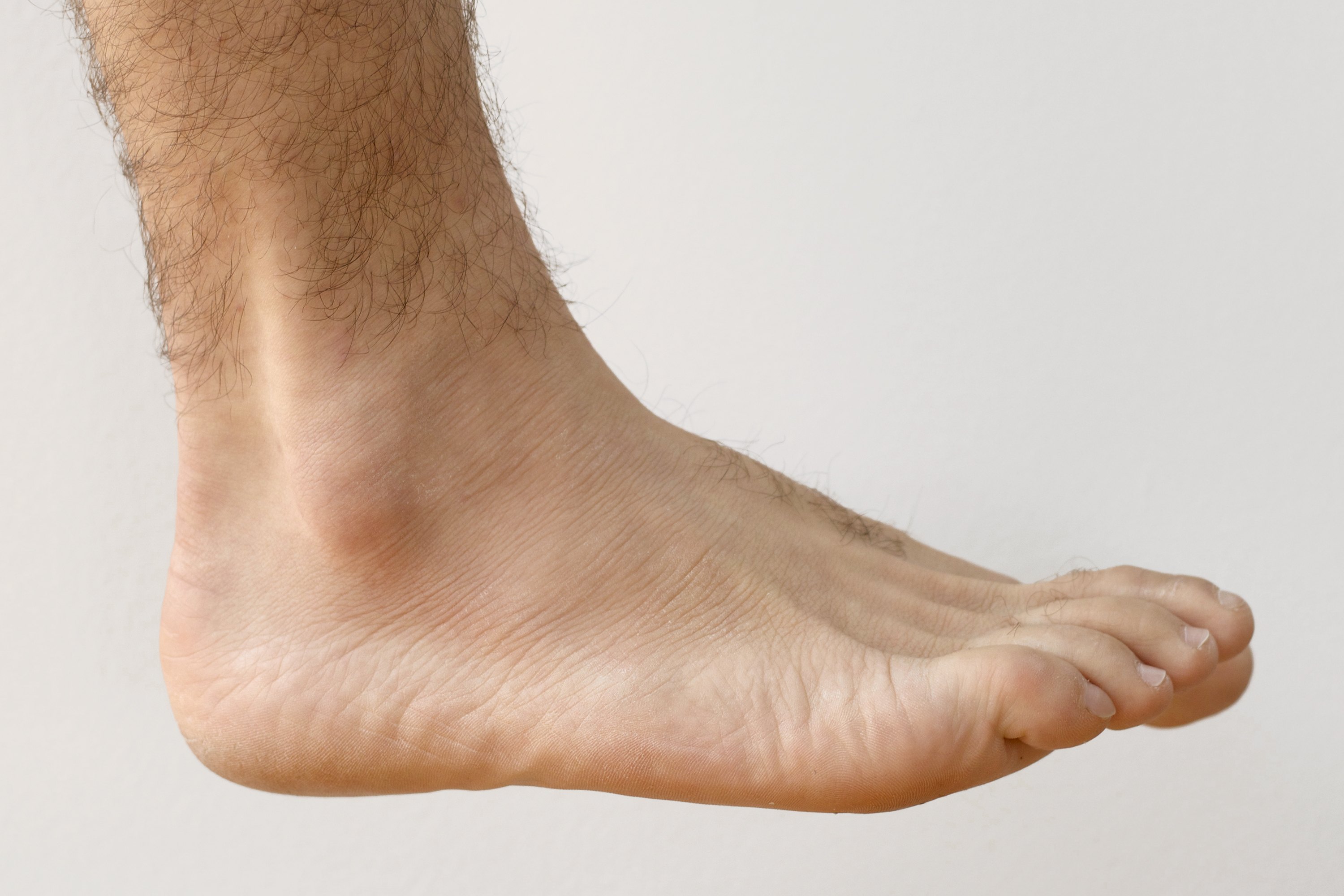
How to Treat a Torn Ankle Ligament (with Pictures) eHow
Anatomy. superficial layer. crosses both ankle and subtalar joints. originates from anterior colliculus and fans out to insert into the navicular neck of the talus, sustenaculum tali, and posteromedial talar tubercle. the tibiocalcaneal (sustenaculum tali) portion is the strongest component in the superficial layer and resists calcaneal eversion.
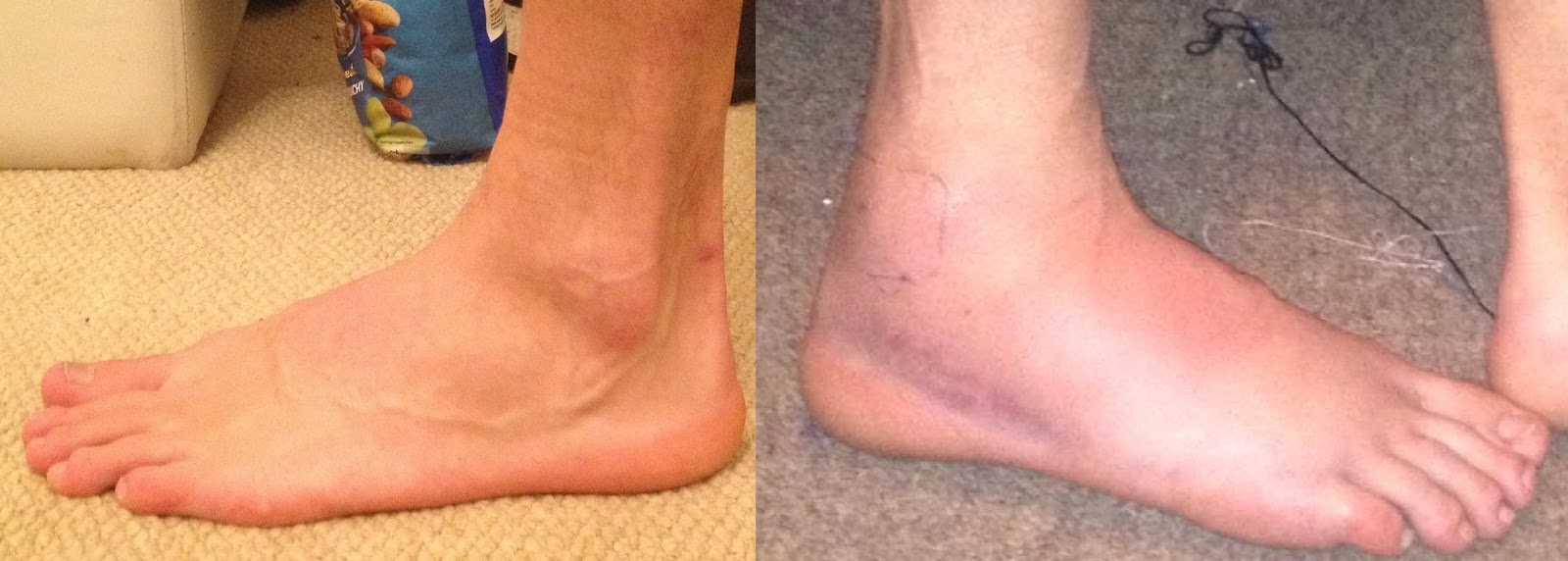
Tom Malin's windsurf, skateboard and surf blog Torn ligament on my ankle (posted 06th August 2013)
Browse 80+ torn ankle ligament stock photos and images available, or start a new search to explore more stock photos and images. Sort by: Most popular Woman suffering from leg pain outdoors because of uncomfortable. Sprain vs strain anatomical comparison as medical foot injury.

Torn Ligament or Foot Tendon
Description Ligaments are strong, fibrous tissues that connect bones to other bones throughout the body. Numerous ligaments in the ankle help to keep the bones in proper position and stabilize the joint. Joint stability is important for all types of activities, including standing, walking, and running.

ankle sprain, ATFL ligament, ankle, pain Sprained ankle, Sprain, Ankle ligaments
Grade 1: Minimal stretching and tiny microscopic tears in the fibers of the ligaments accompanied by mild swelling, redness and pain. Grade 2: Partial to moderate tear of the ligaments accompanied by swelling, redness and pain. Grade 3: Completely torn ligament accompanied by swelling, redness, pain and total ankle instability.

Pin on For my broken/Overworked Body/Soul
The CFL crosses the ankle and subtalar joints, and is the only ligament that spans two separate joints laterally, and is taut in flexion, extension and varus angulation, but relaxes during valgus stress to the ankle. The PTFL has a secondary role in ankle joint stability, also the least commonly injured of the three ligaments.

Top 5 Ankle Braces for Torn Ligaments Ligament tear, Ankle braces, Sprained ankle
Diagnosing torn lateral ankle ligaments is usually through physical examination and x-rays to identify any potential fractures. During the assessment the physician will determine: The degree of instability Loss of strength - Resisted eversion assessment Loss of range of motion (ROM): Dorsiflexion and Plantarflexion - Eversion and Inversion

Ankle Joint Ligament InjuryTreatmentRecovery PeriodExercisesCausesTypesSymptoms
Grade 1 (Mild). The ligament fibers stretched slightly or there is a very small tear. Your ankle will have minor swelling and tenderness to the touch. Grade 2 (Moderate). The ligament is torn, but it isn't a complete tear. Your ankle has swelling over the injury and it hurts to move. Grade 3 (Severe). The ligament is torn completely.
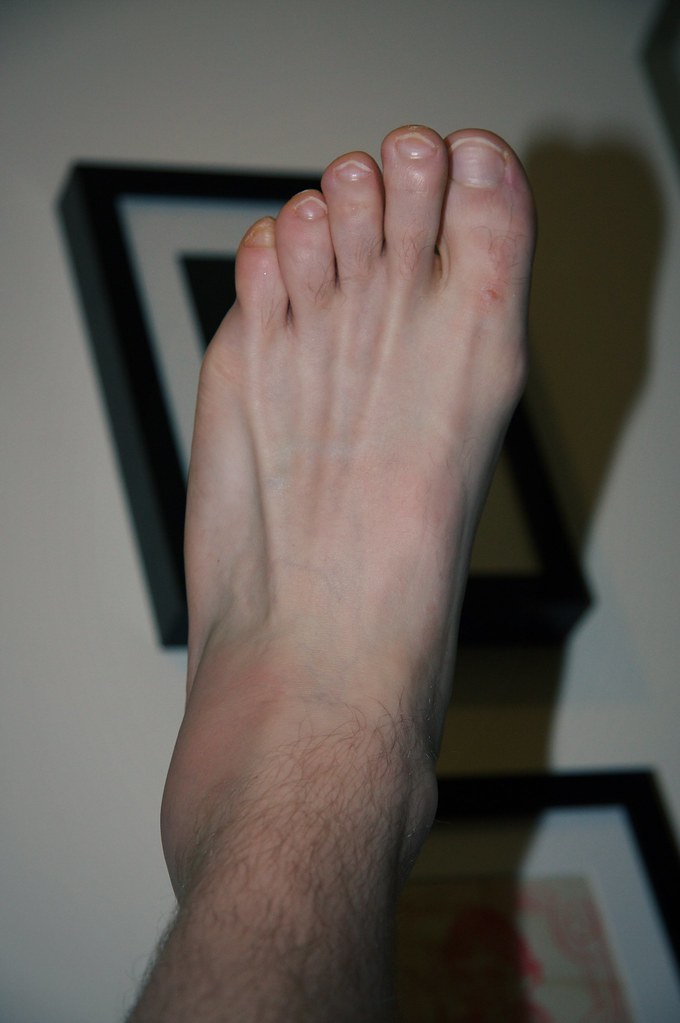
01/01/09 001 Torn Ankle Ligaments Starting the New Ye… Flickr
Pain, a popping sound, swelling, bruising, stiffness and instability are signs of torn ankle ligaments. A severe ankle sprain typically causes severe signs, which may be similar to those seen with an ankle fracture. Video of the Day Pain and Popping Pain is the most common immediate sign of a partial or complete ligament tear of the ankle.

What Helps A Sprained Ankle Heal Faster Sprained ankle, Sprained ankle remedies, Ligament tear
Blog Uncategorized Recognize Signs That You May Have Torn Ankle Ligaments How can you tell if you have torn ligaments in your ankle? The first thing to understand is where these ligaments are located and how they function. The leg's fibia and tibia bones are held to the foot's talus by the strong strands of tissue we call ligaments.
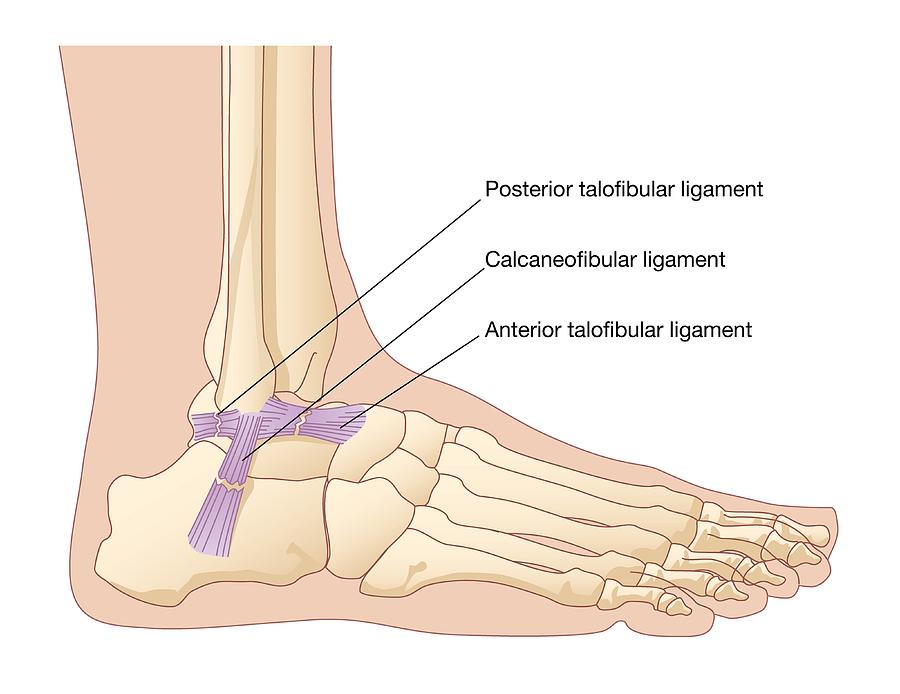
Torn Ankle Ligaments, Artwork Photograph by Peter Gardiner
A sprain is a stretching or tearing of ligaments — the tough bands of fibrous tissue that connect two bones together in your joints. The most common location for a sprain is in your ankle. Initial treatment includes rest, ice, compression and elevation. Mild sprains can be successfully treated at home.

Bruised ankle injury with torn ligaments Stock Photo Alamy
A sprained ankle is an injury that occurs when you roll, twist or turn your ankle in an awkward way. This can stretch or tear the tough bands of tissue (ligaments) that help hold your ankle bones together. Ligaments help stabilize joints, preventing excessive movement.
It’s always ligaments or tendons for me. Landed wrong playing football. Tore 2 ligaments and
Anatomy What are ankle ligaments made of? Ankle ligaments are made of connective tissue that contains: Collagen, a protein that binds tissues in animals. Slightly stretchy elastic fibers. Advertisement Where are the ankle ligaments located? Ankle ligaments are found throughout your foot, ankle and lower leg. They connect certain bones:

Pin on Good times...
Even complete lateral ligament tears get better with treatment such as bracing and physiotherapy. Just because you tear your ligaments doesn't mean you need surgery. In general, we suggest a three-phase process to get you back to sport: Phase 1 includes rest from sport, compression, and regular icing to limit swelling.

Pin on Joints Treatment
Ankle Ligament Tear. Ligament tears in the ankle represent the more severe forms of ankle sprains (see section on ankle sprains ). These often occur in high energy ankle injuries such as car accidents, falls, significant sports injuries and ankle dislocations. These may also occur with ankle fractures as well. The most common and significant.

Torn Ligament in my Ankle HubPages
Lateral ankle ligament reconstruction is a surgery to tighten and firm up one or more ankle ligaments on the outside of your ankle. It's also known as the Brostrom procedure. It's most often done as an outpatient surgery, so you can go home the same day. Your ankle is a hinge joint that allows motion up and down, and from side to side.
Torn ankle ligament
This can make pictures of things inside your body to show torn ligaments, damaged cartilage, bone chips, and other problems.. Sprained Ankle Pictures. Media file 1: Ankle sprain. Medial and.